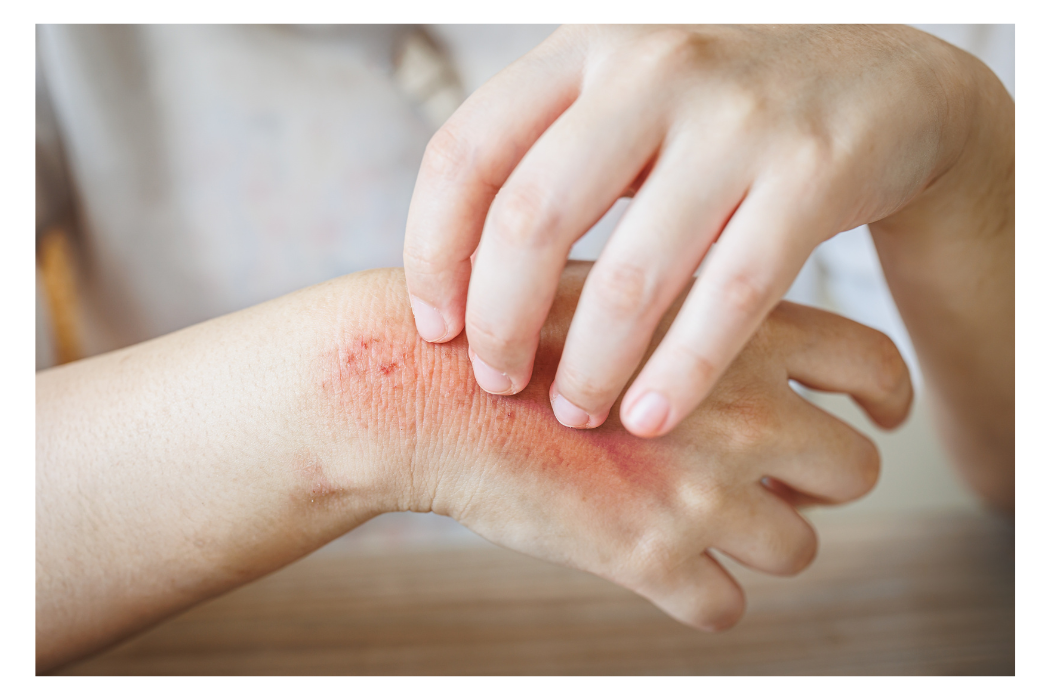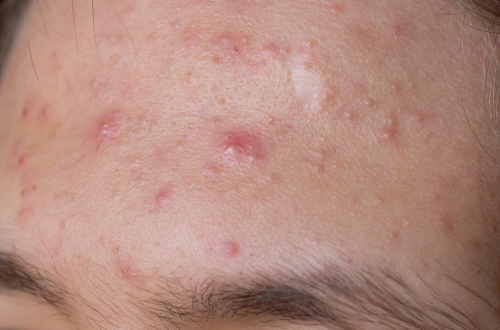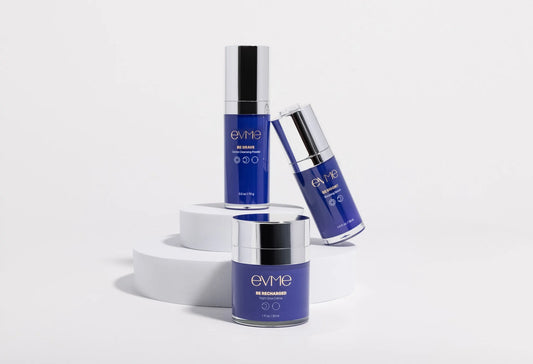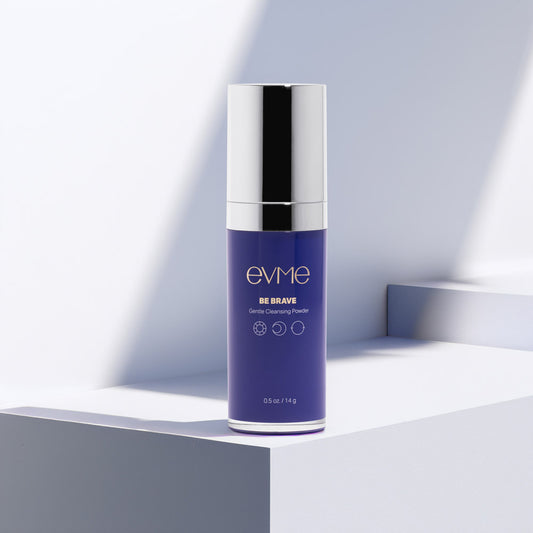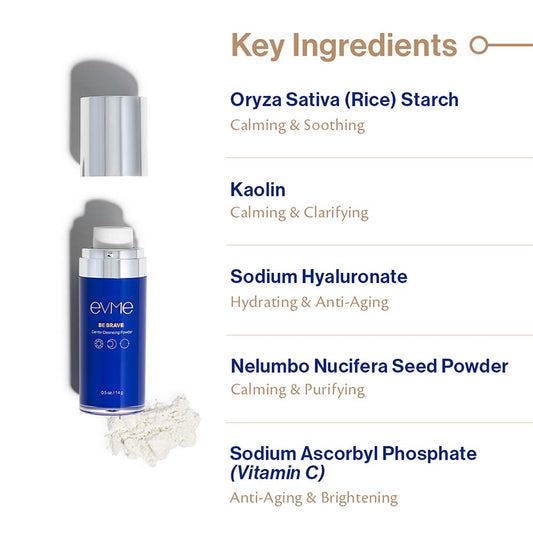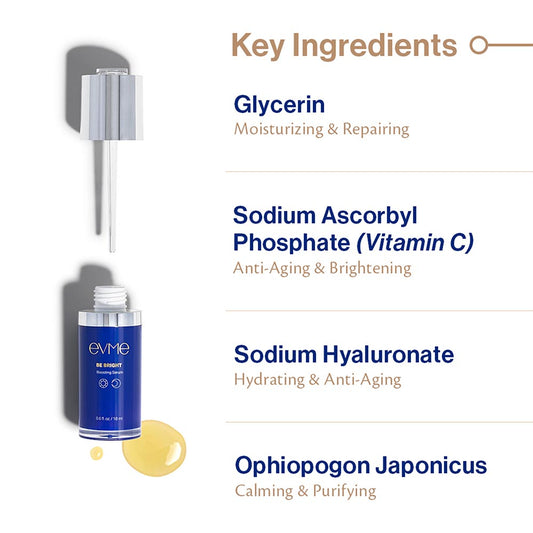Try Evme, allergist-created luxe skincare for sensitive and allergic skin.
Shop All ProductsMargaritas, anyone? How to avoid Phytophotodermatitis
April 24, 2024
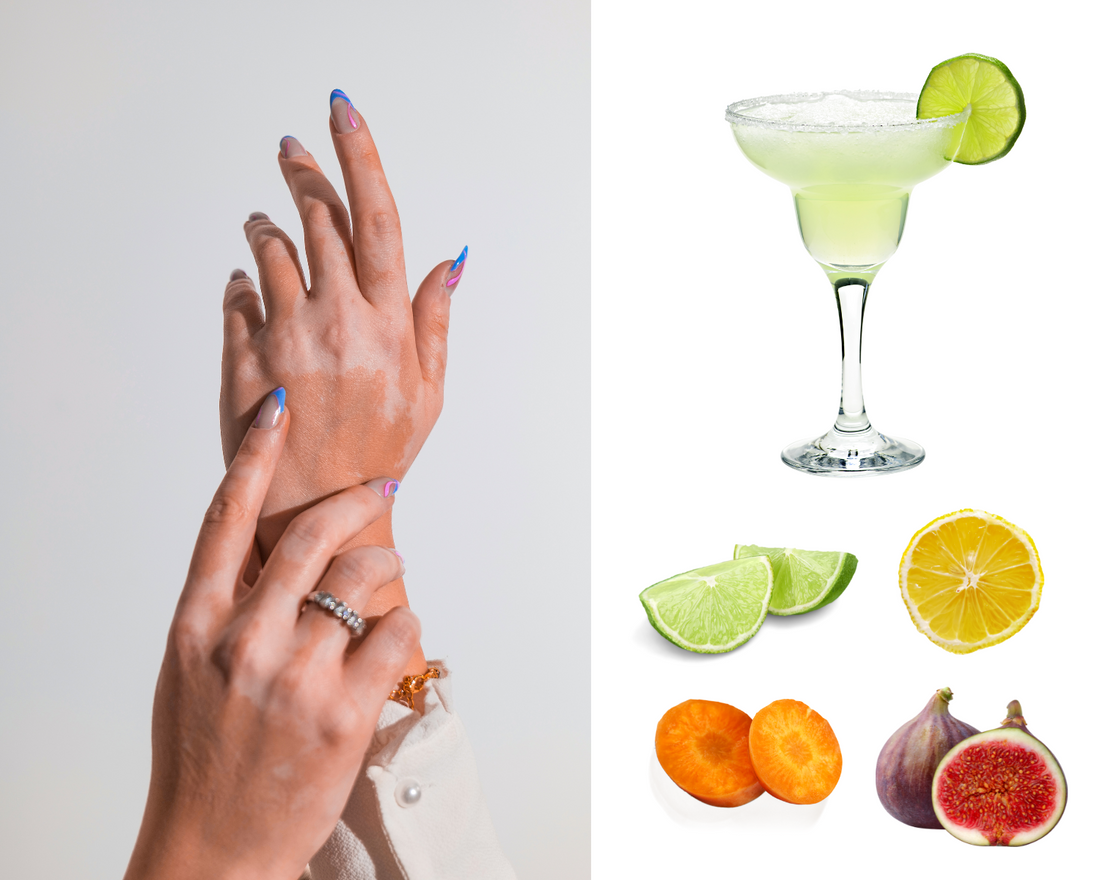
Back To Articles
Ever reacted with a mysterious rash after making margaritas? Or had a random rash pop up on your hands or arms after going out in the sun?
This could be Phytophotodermatitis. It sounds like a super scary condition, but it’s actually very simple and not serious! And totally common.
Certain fruits/veggies + sun = rash!
Phytophotodermatitis is a rash that results from the combination of contact with certain botanical substances (furanocoumarins) and sun exposure. Psoralen, an active component of the furanocoumarins, forms rashes on the skin when activated by UVA radiation from the sun.
Psoralen is found in some plants like limes/lemons, oranges and other citrus fruits, carrots, celery, figs, and parsley.
I’ve seen quite a few patients that were preparing margaritas, guacamole, or even Bloody Mary’s prior to spending time outside who unknowingly activated this type of rash. I have also seen this reaction after a patient used a product with Bergamot essential oil and went out in the sun.
Just like contact dermatitis, the rash that results from this interaction is usually delayed, starting at least 24 hours after exposure and peaks at 48-72 hours after exposure. Unfortunately, once the rash occurs, it may take weeks to resolve.
How do I know if I have this type of reaction?
The first sign of phytophotodermatitis is usually a burning feeling on the skin, followed by a rash 1-2 days after exposure. The rash can range from some minor irritation on the skin, all the way to blistering. We often see this rash show up on the face or hands/arms, in either a linear rash, in a drip-shaped pattern, or sometimes around the mouth.
Some people who have this reaction can get something called post-inflammatory hyperpigmentation, where your skin darkens in areas where inflammation has occurred. This type of hyperpigmentation can last weeks to months and can be really hard to get rid of.
What can I do if this occurs?
Sadly, once the rash has been activated, there isn’t much you can do. Stay out of the sun if you can, and if you can’t, cover up the rash area and wear sunscreen [at least spf 30, and reapply every 2 hours] so that the area doesn’t get more pigmented. Although the active rash tends to clear up fairly quickly, it’s the resulting hyperpigmentation that seems to bother people more. Creams that help reduce hyperpigmentation can be useful.
In the future, make sure you rinse your skin well after prepping anything with limes/lemons, oranges and other citrus fruits, carrots, celery, figs, and parsley. Also remember to wash off any areas that might make direct contact with your skin before you go out in the sun.
Recommended articles
close
Evme Sans-Allergenic Skincare Products
- Choosing a selection results in a full page refresh.



